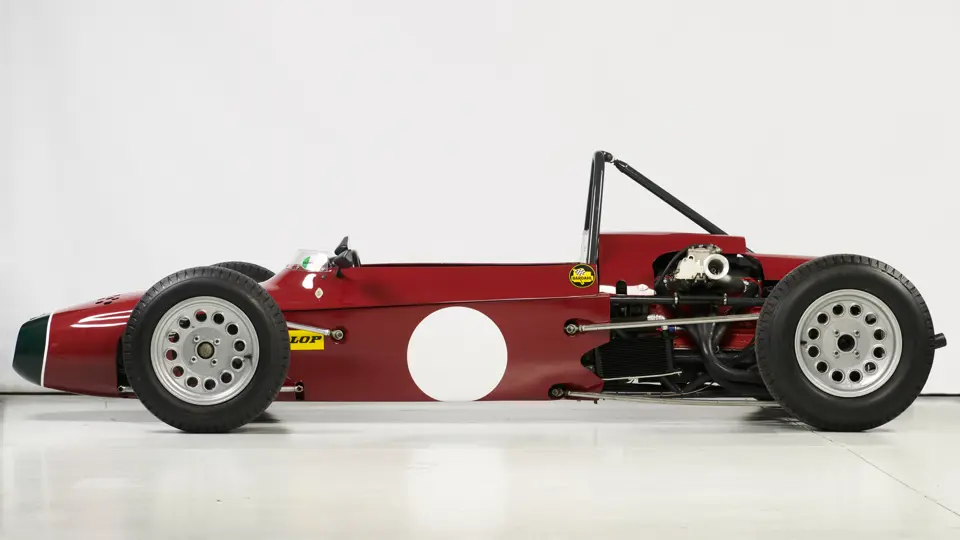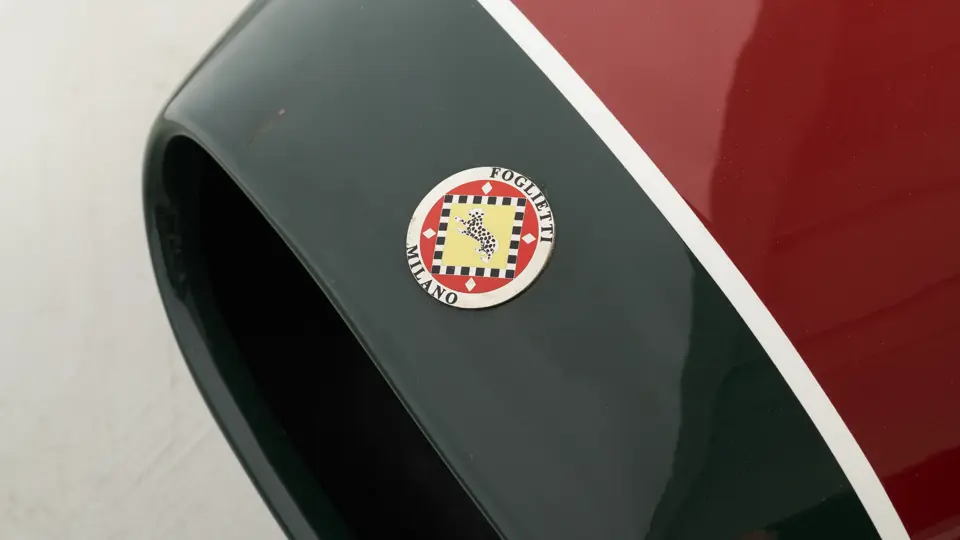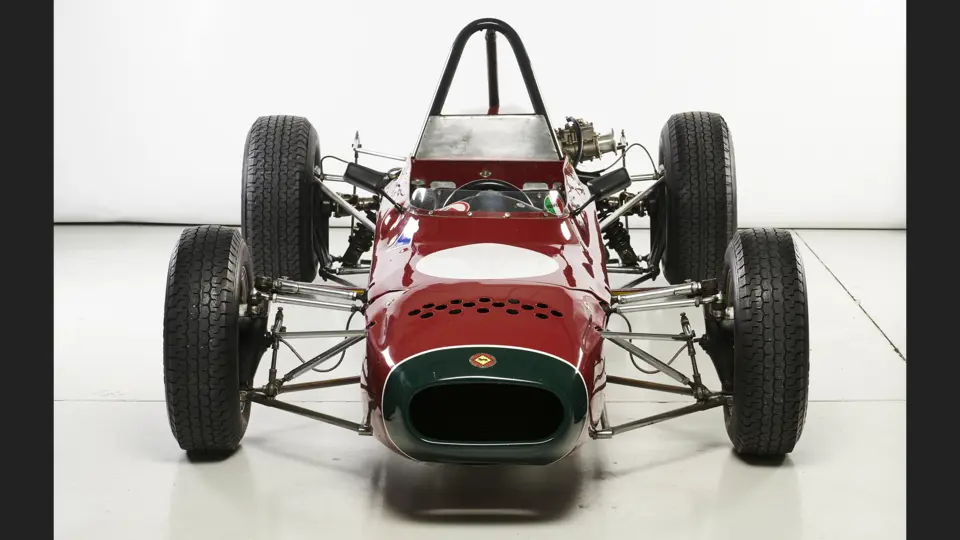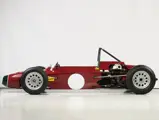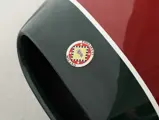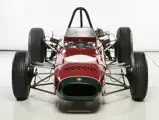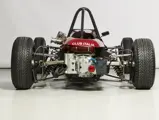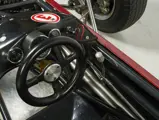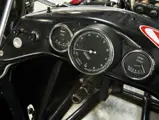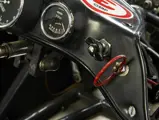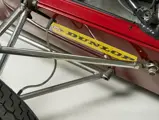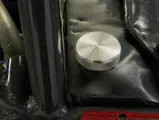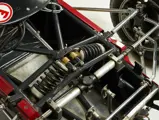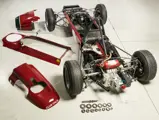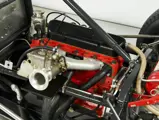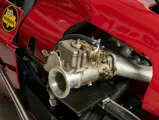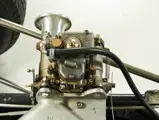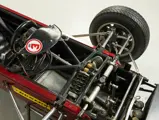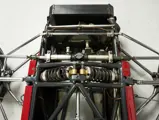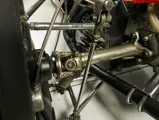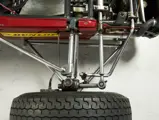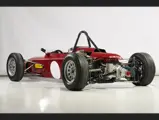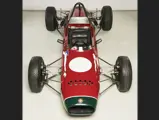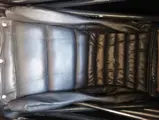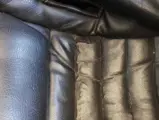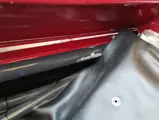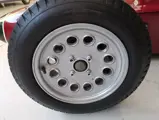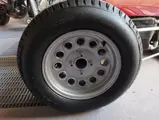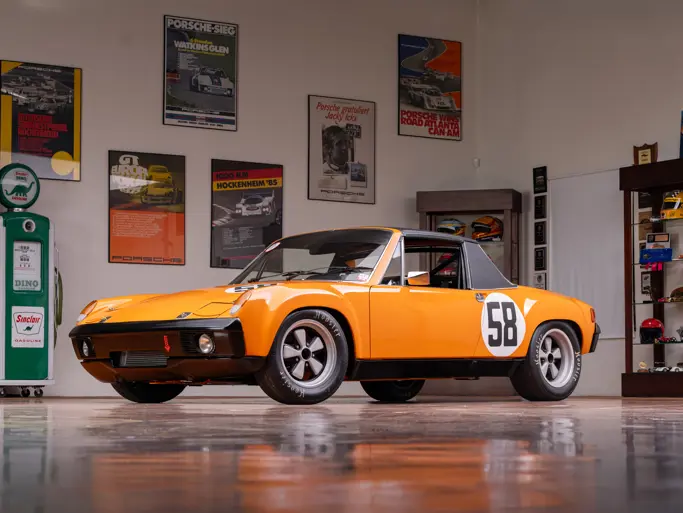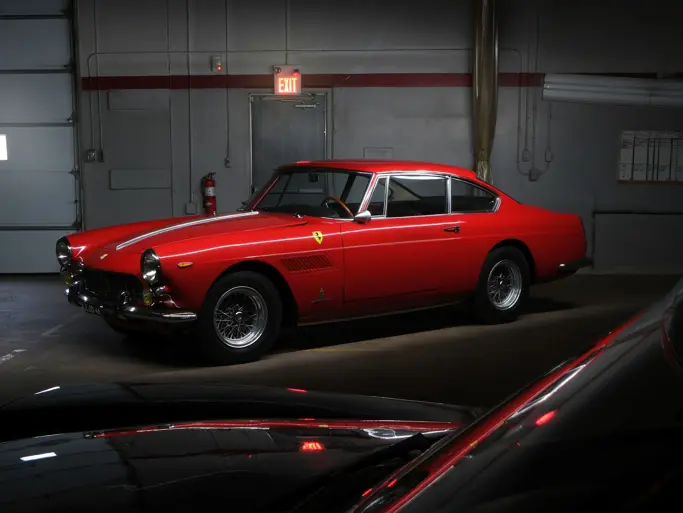
1963 Foglietti Formula 3 Junior
{{lr.item.text}}
€40,000 - €50,000 EUR | Not Sold
European Offering
{{bidding.lot.reserveStatusFormatted}}
- Allegedly the sole surviving example of two built
- Restored with vintage racing in mind from 2008-2010
- Accompanied by a FIVA Identity Card, CSAI Passaporto Tecnico, and a previous FIA HTP
Ernesto Foglietti began building Formula Junior racing cars in 1958 in Milan, utilizing a tubular chassis and offset-mounted 1,100 cc Fiat engine. For the 1961 and 1962 seasonsof the Italian Formula Junior season, Foglietti utilized Fiat or DKW engines. Nineteen sixty-three saw Foglietii develop a new car, combining a tube and box type chassis with a central mounted fuel tank and a slim, aerodynamic body. The front suspension was built with reaction arms inside the bodywork to minimize unsprang mass and drag.
According to the consignor, this example is allegedly the soul surviving example of just two Foglietti Formula 3 Juniors built for the 1963 season. Vintage race reports in the history file from 1963 show a few different cars raced that year in northern Italy with either DKW or Ford engines. Chassis number 030 is presently fitted with a 998 cc Ford four-cylinder OHV engine and a double-choke Weber 40 DCOE carburetor.
Although there is not sufficient documentation on file to ascertain the current identity of each car raced in period, the FIVA identity card accompanying the car states that this car was raced in 1963 and 1964 by Tonino Ascari, the son of Alberto Ascari. Previous FIA paperwork issued in 1989 accompanies the car, including a photo of the car in striking yellow and red livery, and a Passporto Tecnico from the CSAI shows it was raced regularly in northern Italy by a previous owner in the early 2000’s, primarily at Monza.
The car was restored to its current state in between 2008 and 2010, and an outline of the work completed is included in the history file, as well as a dyno test completed in July of 2011, which shows that the engine produced 90 bhp at 7,500 rpm. Needless to say, this would be a unique entry to vintage racing events.





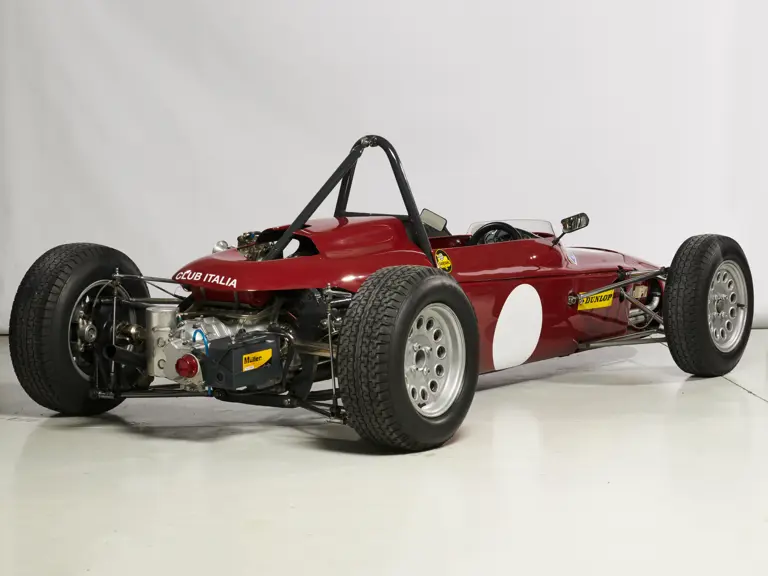

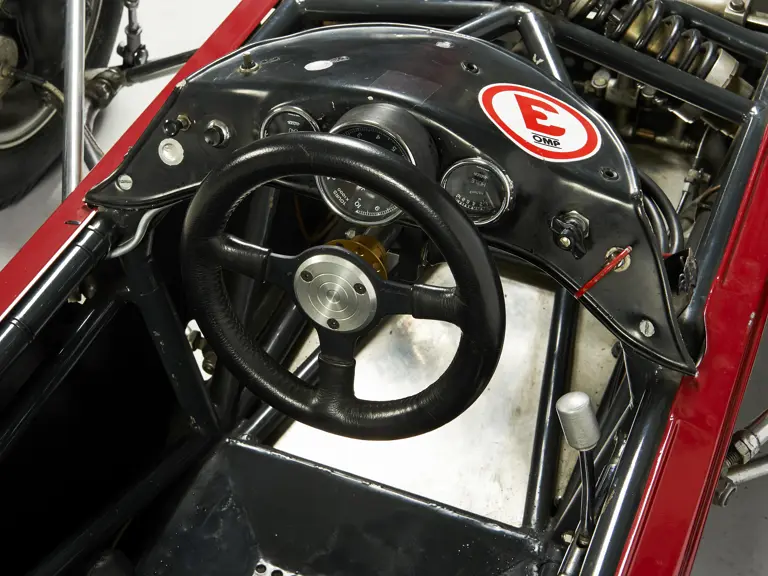

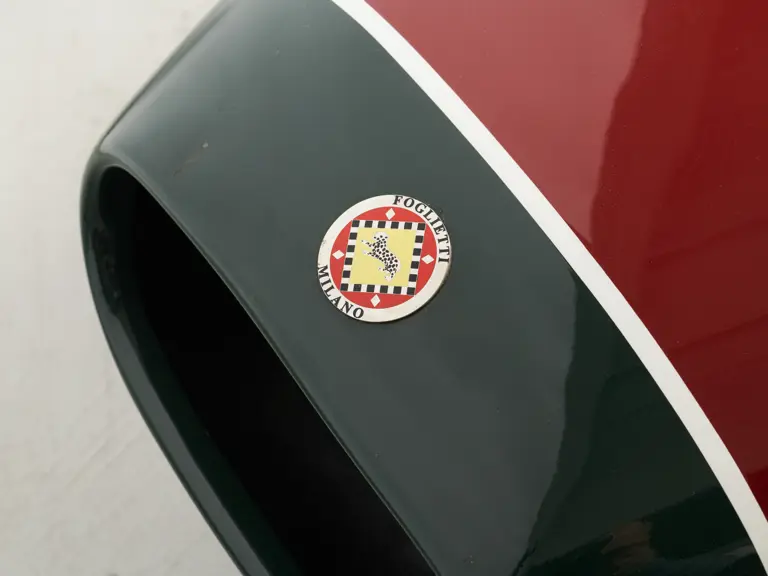

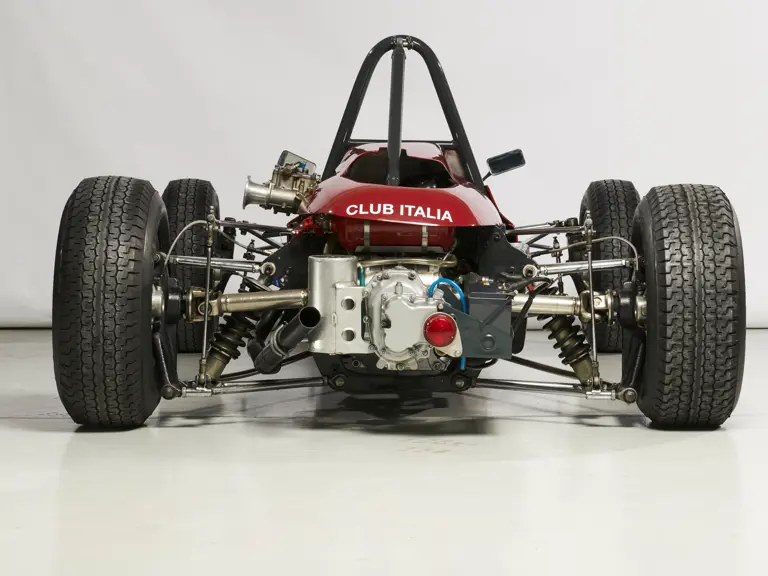


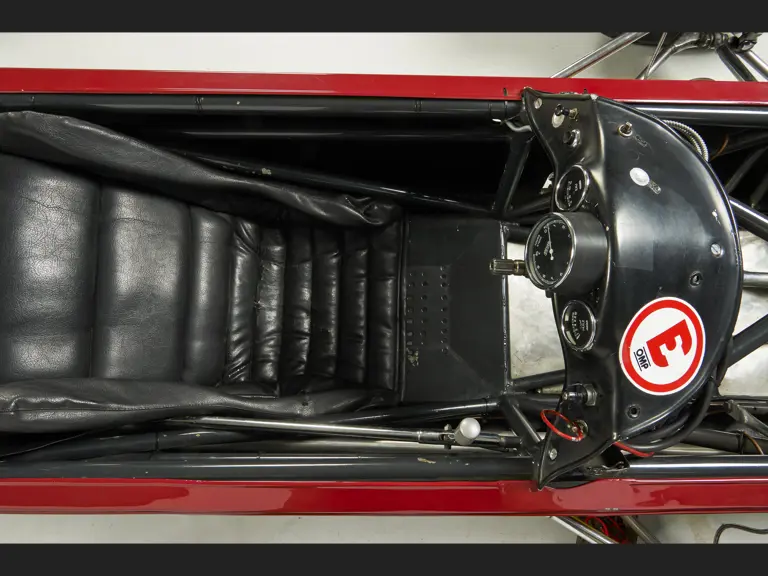

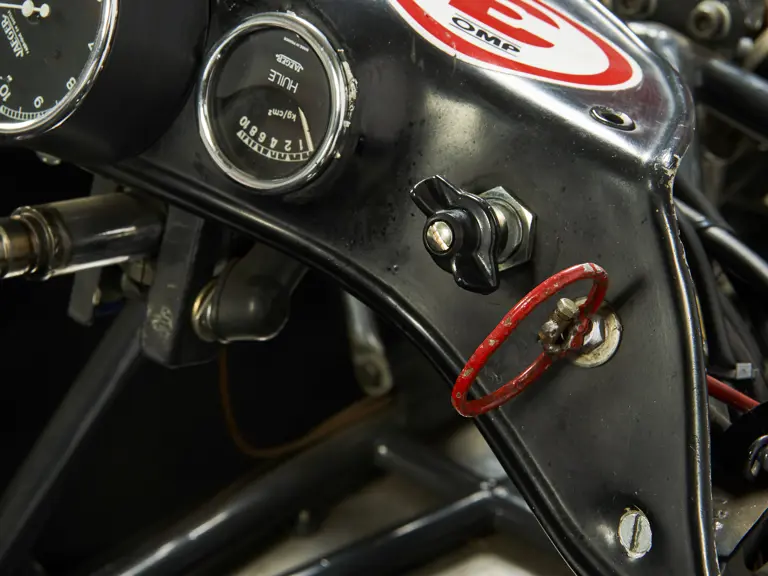

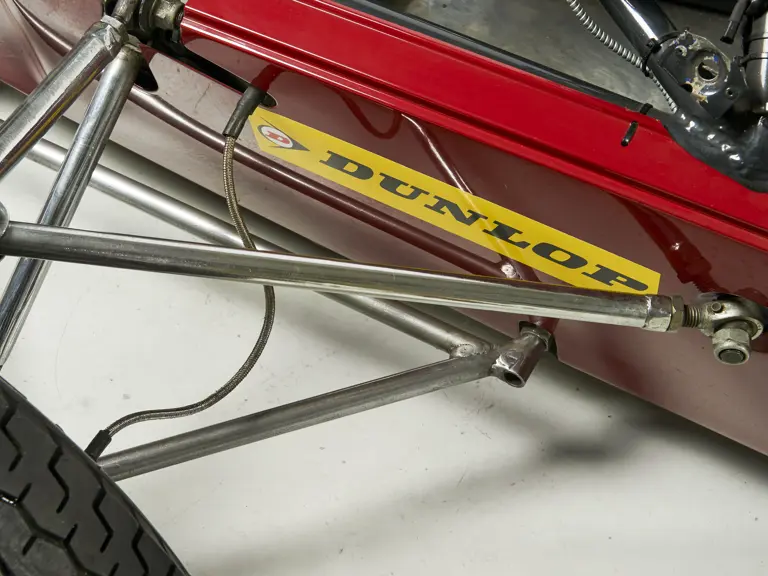


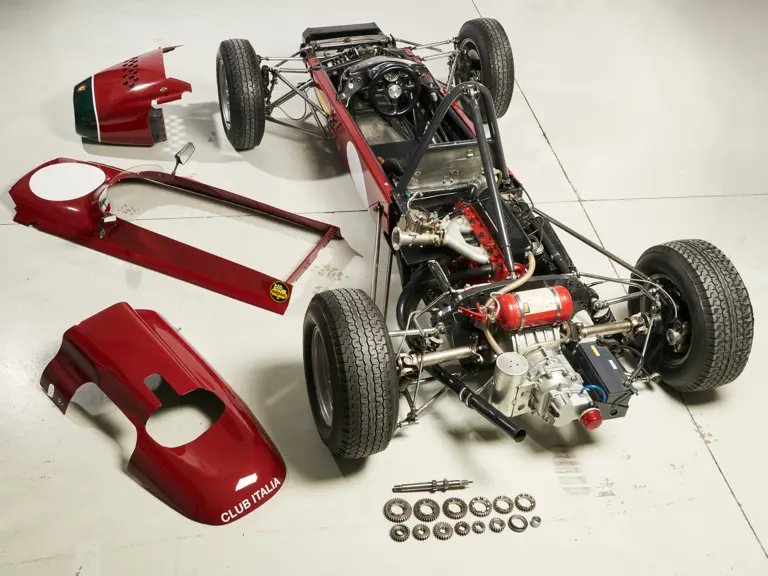
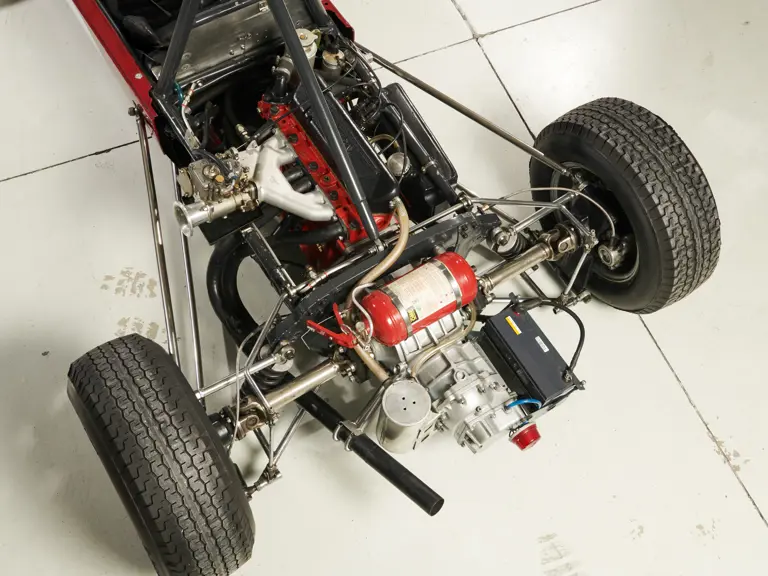
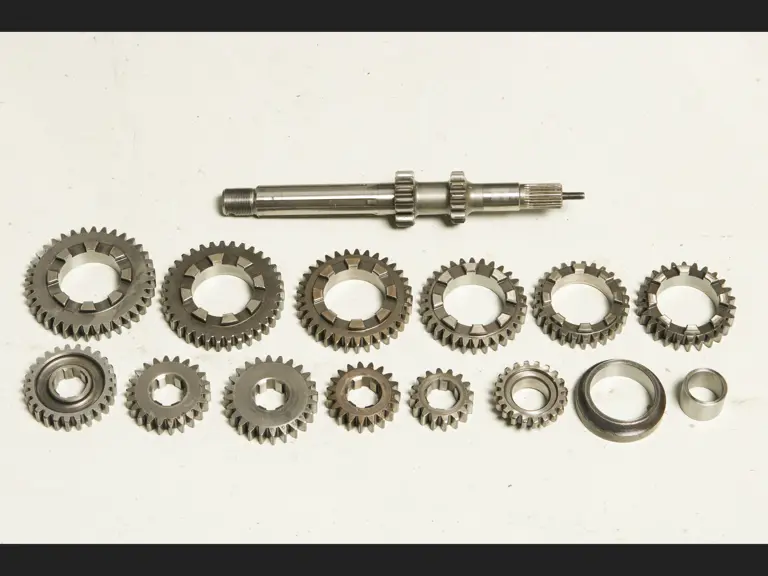
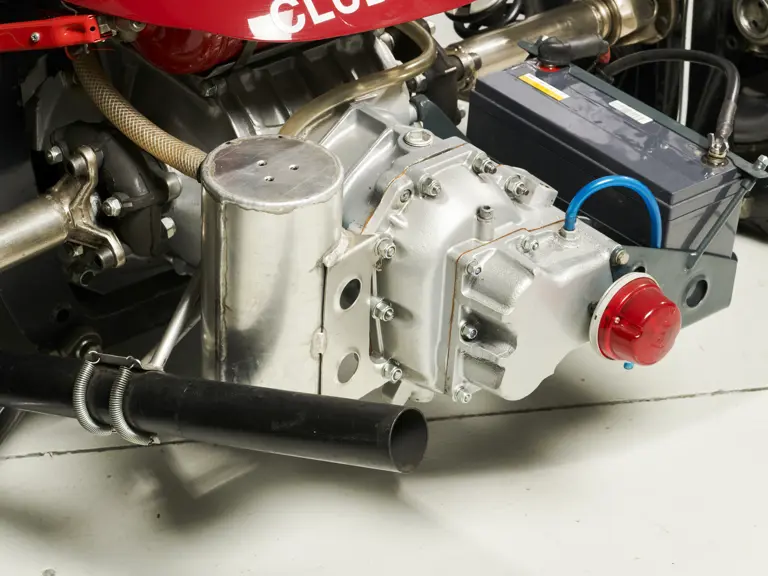


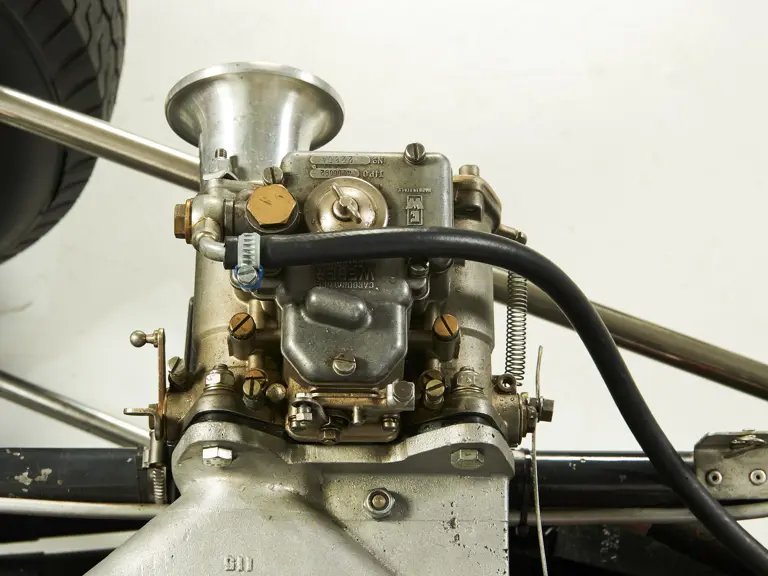
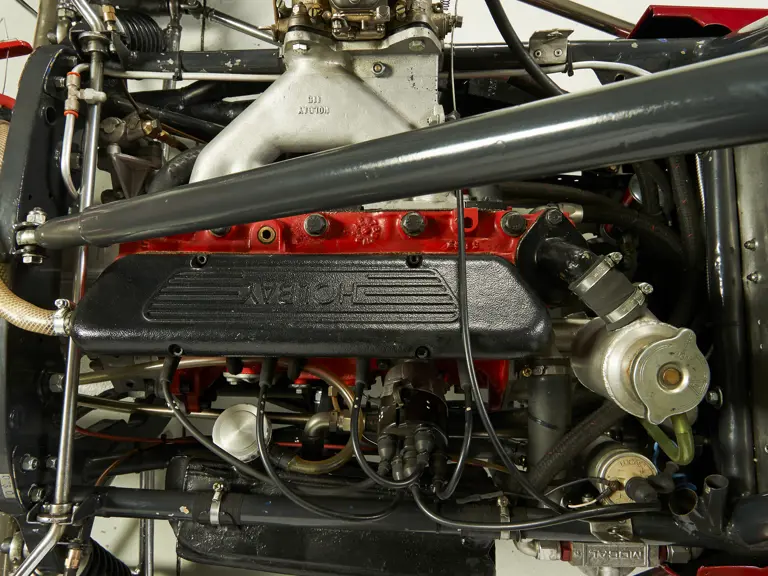
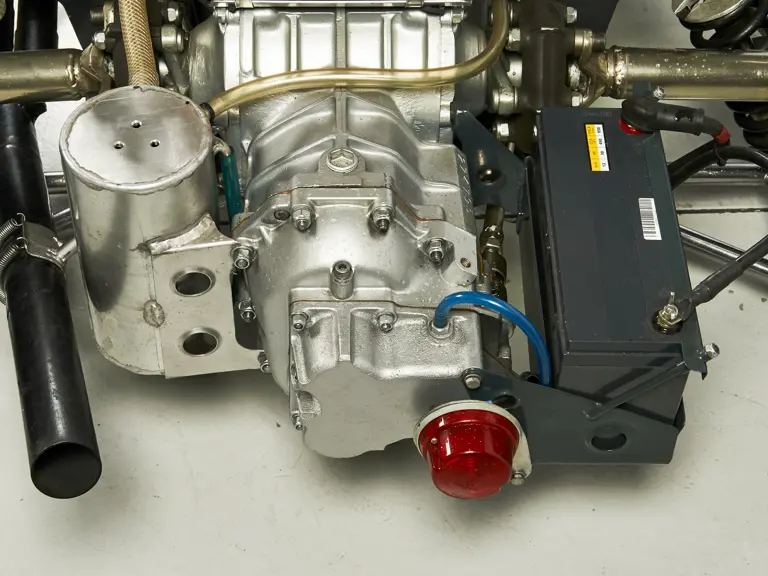
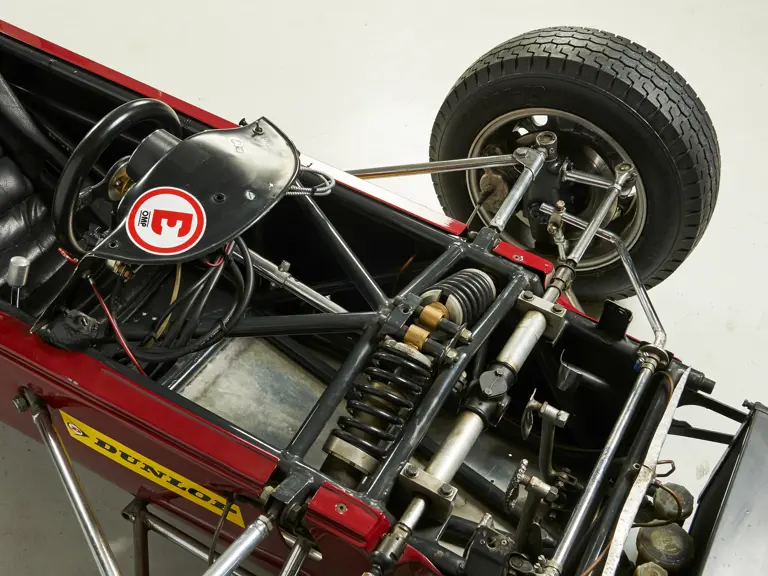
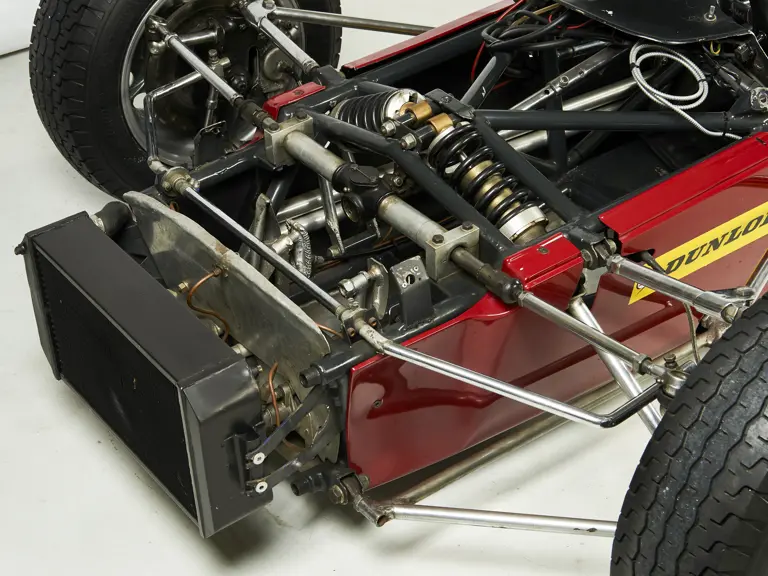
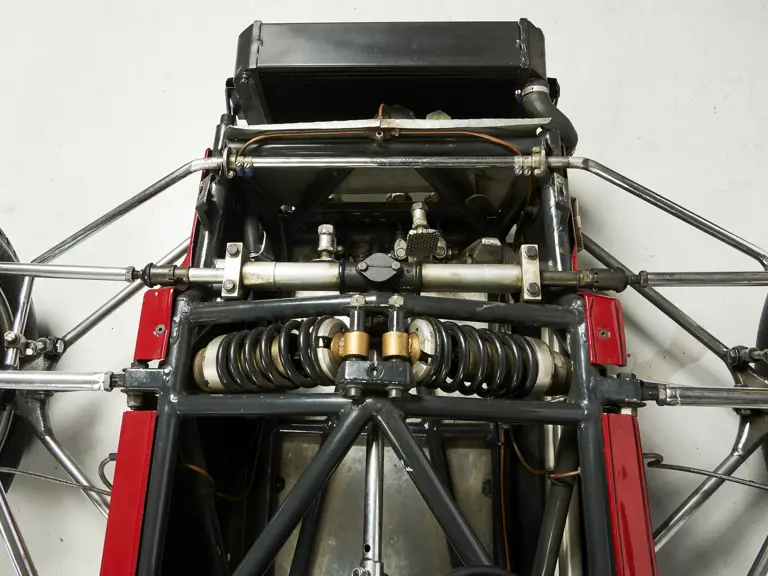
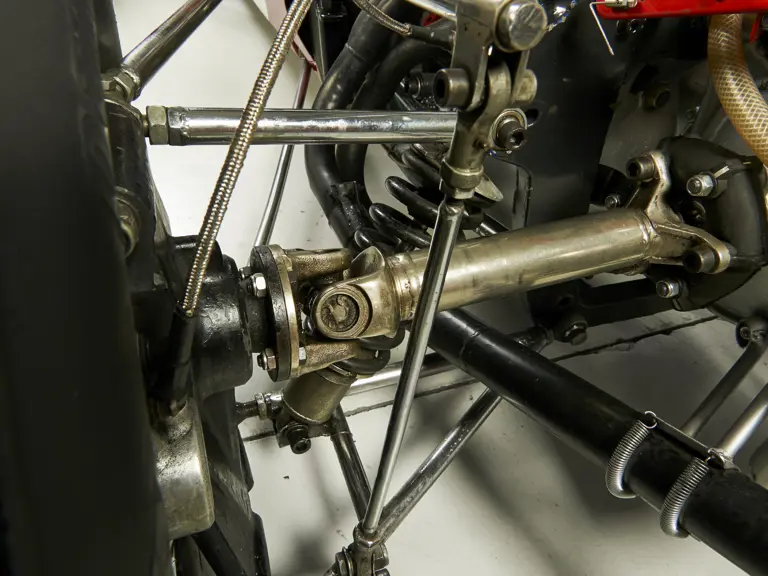
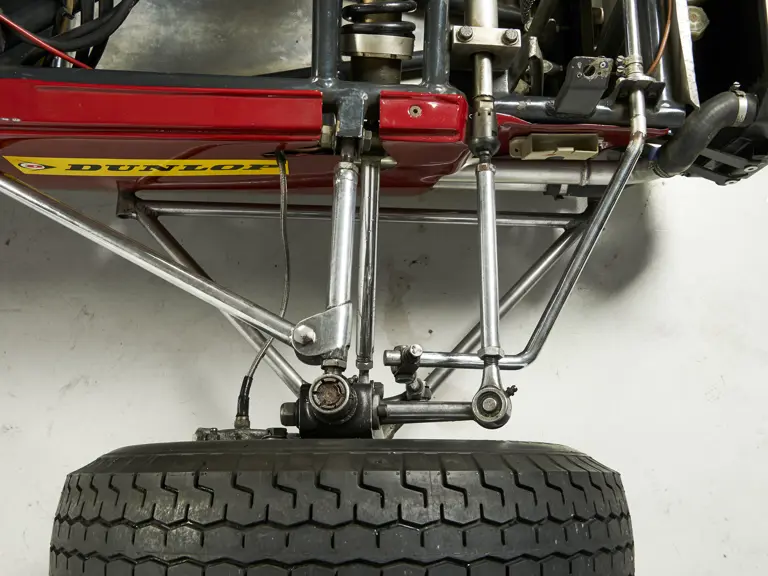

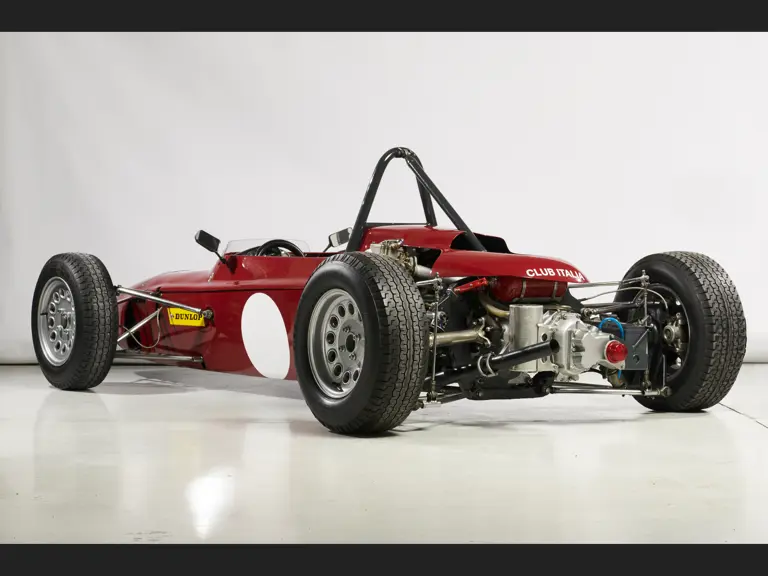
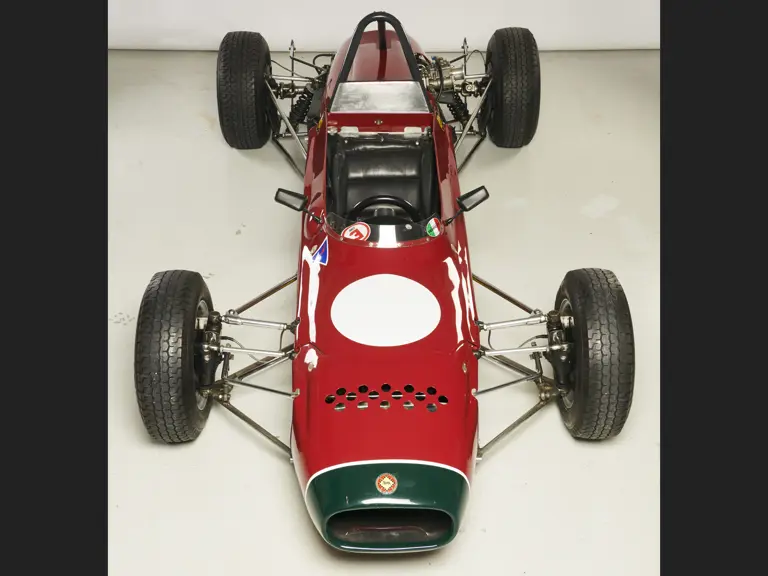
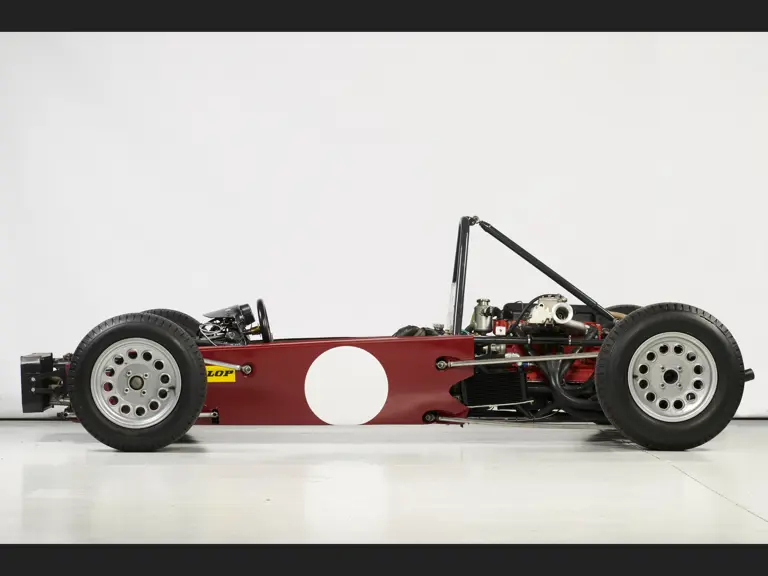
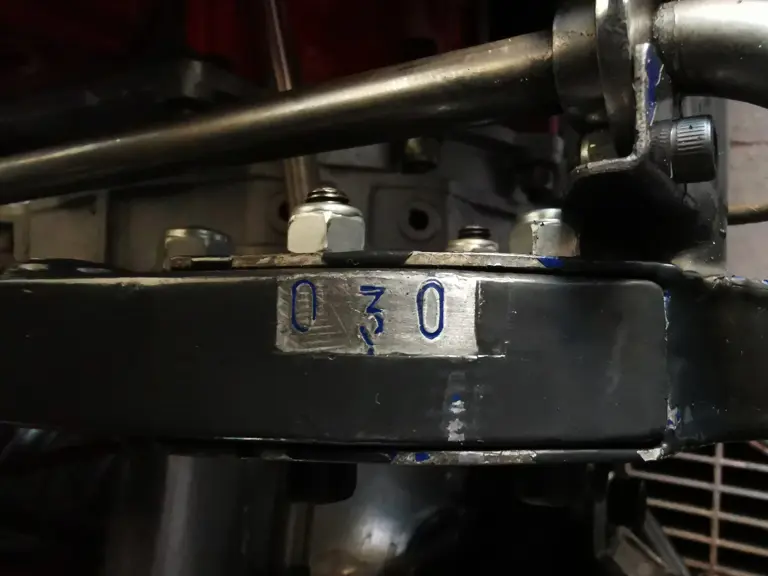
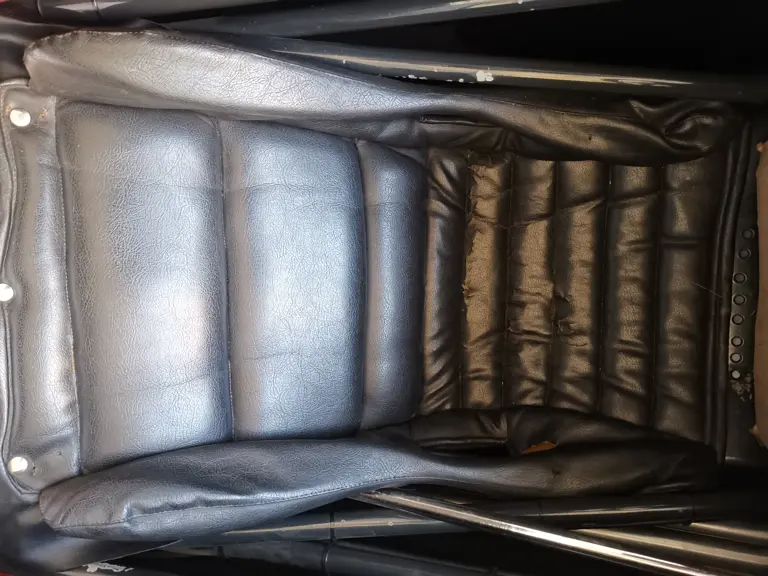
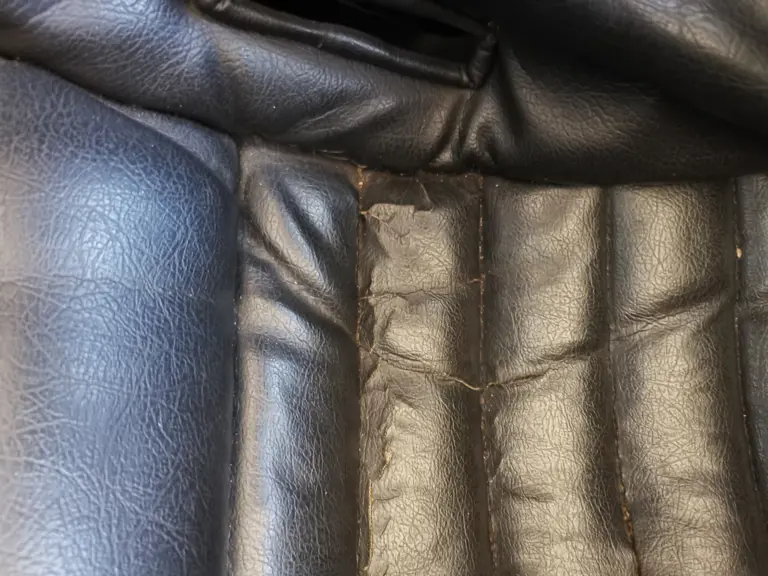
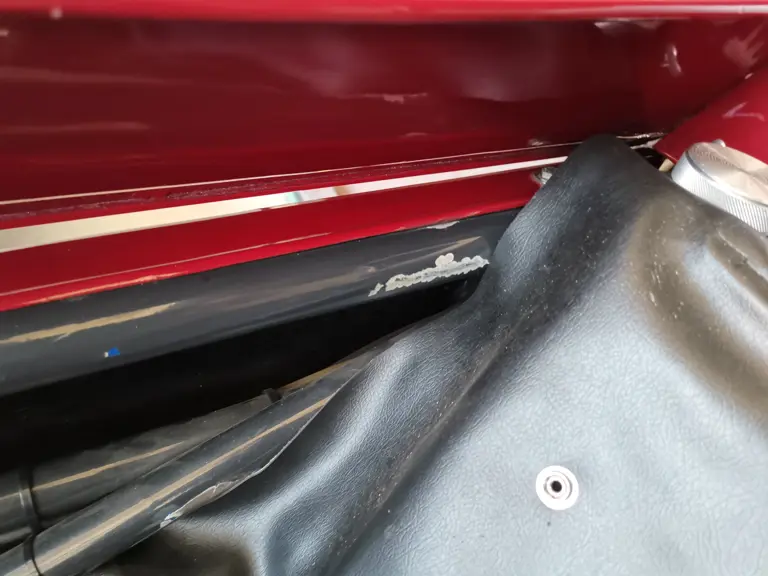
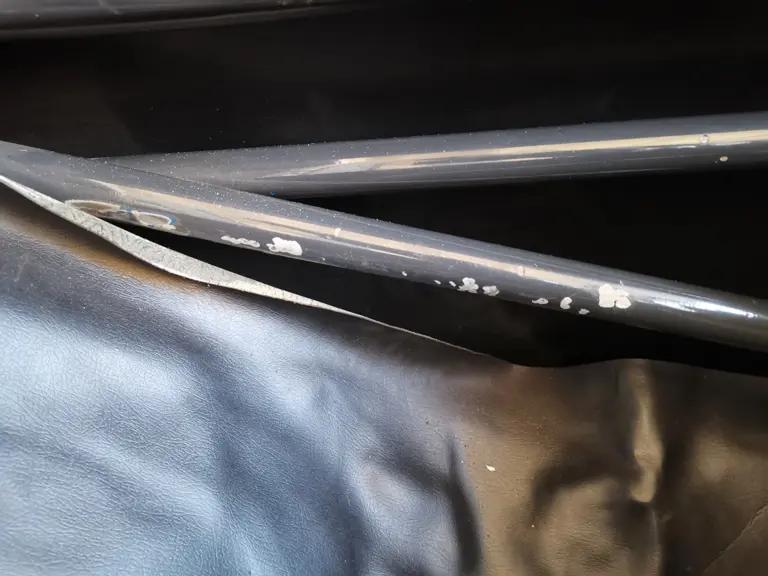
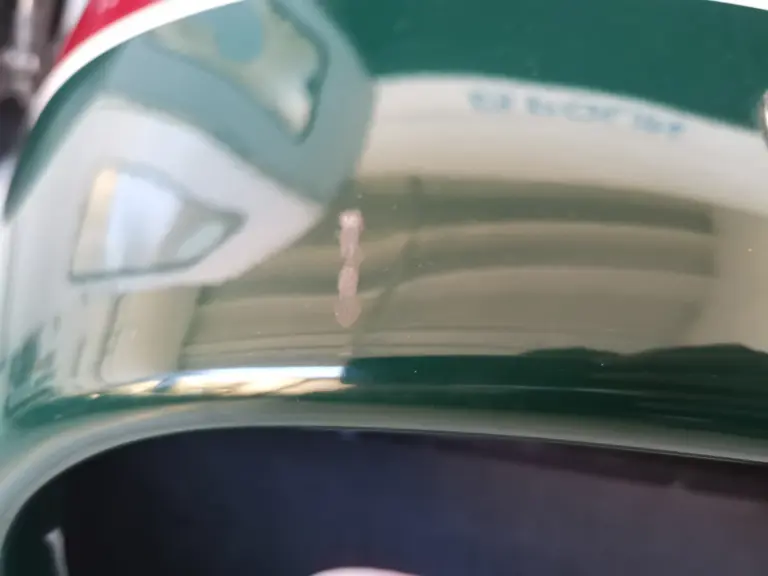
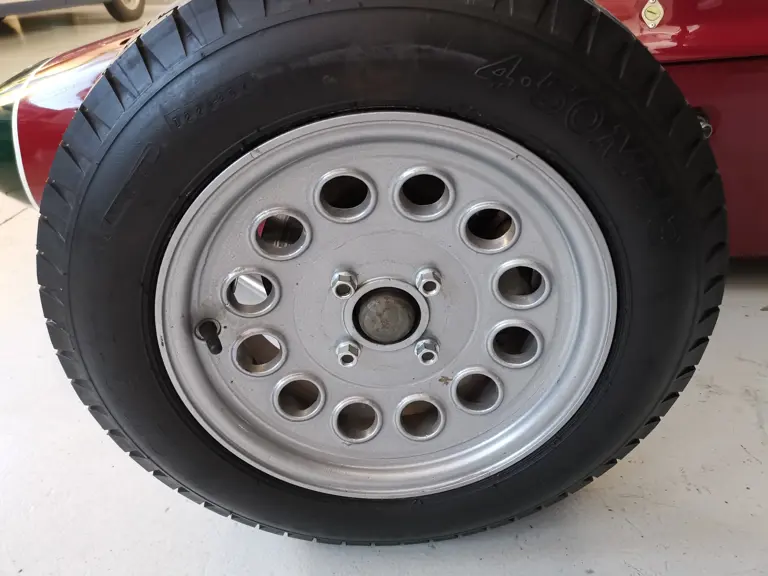
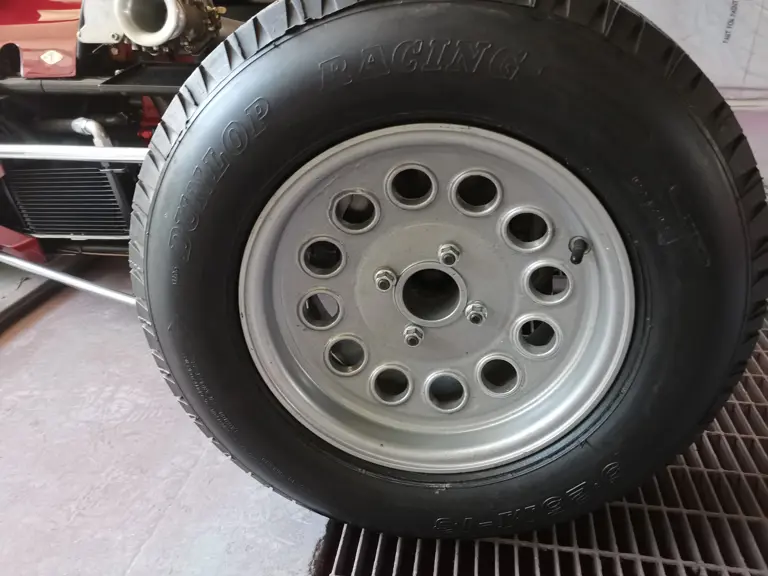


 | Brusaporto, Italy
| Brusaporto, Italy
